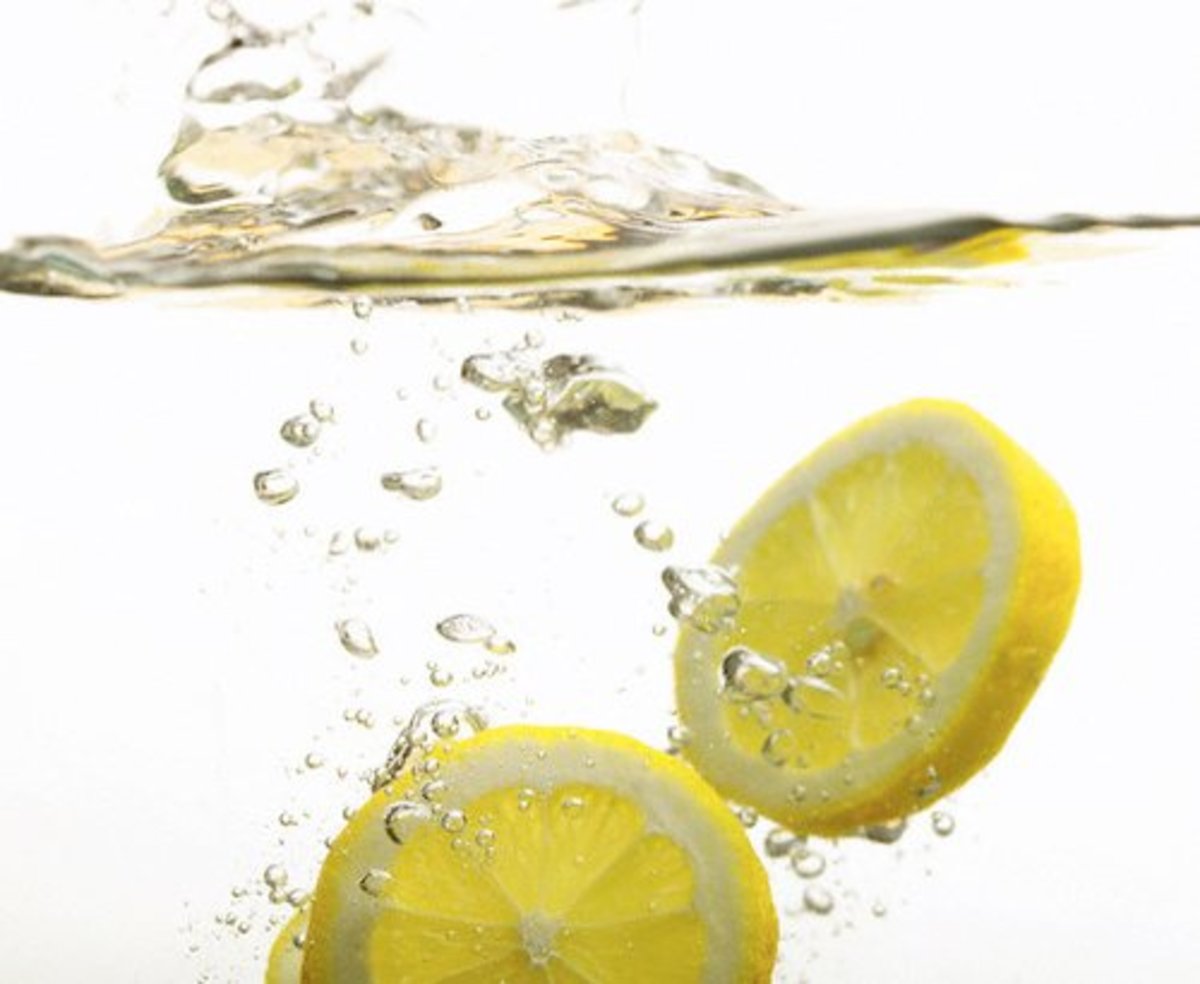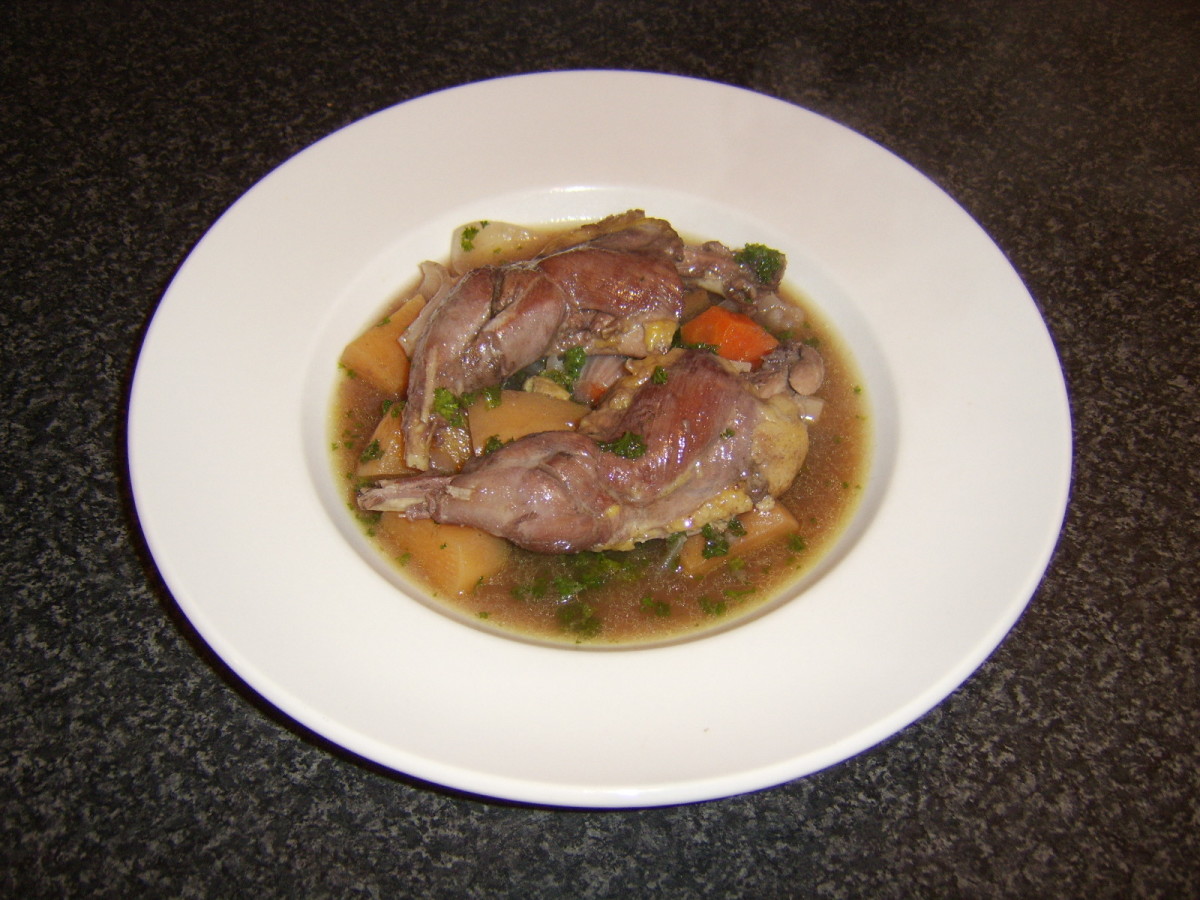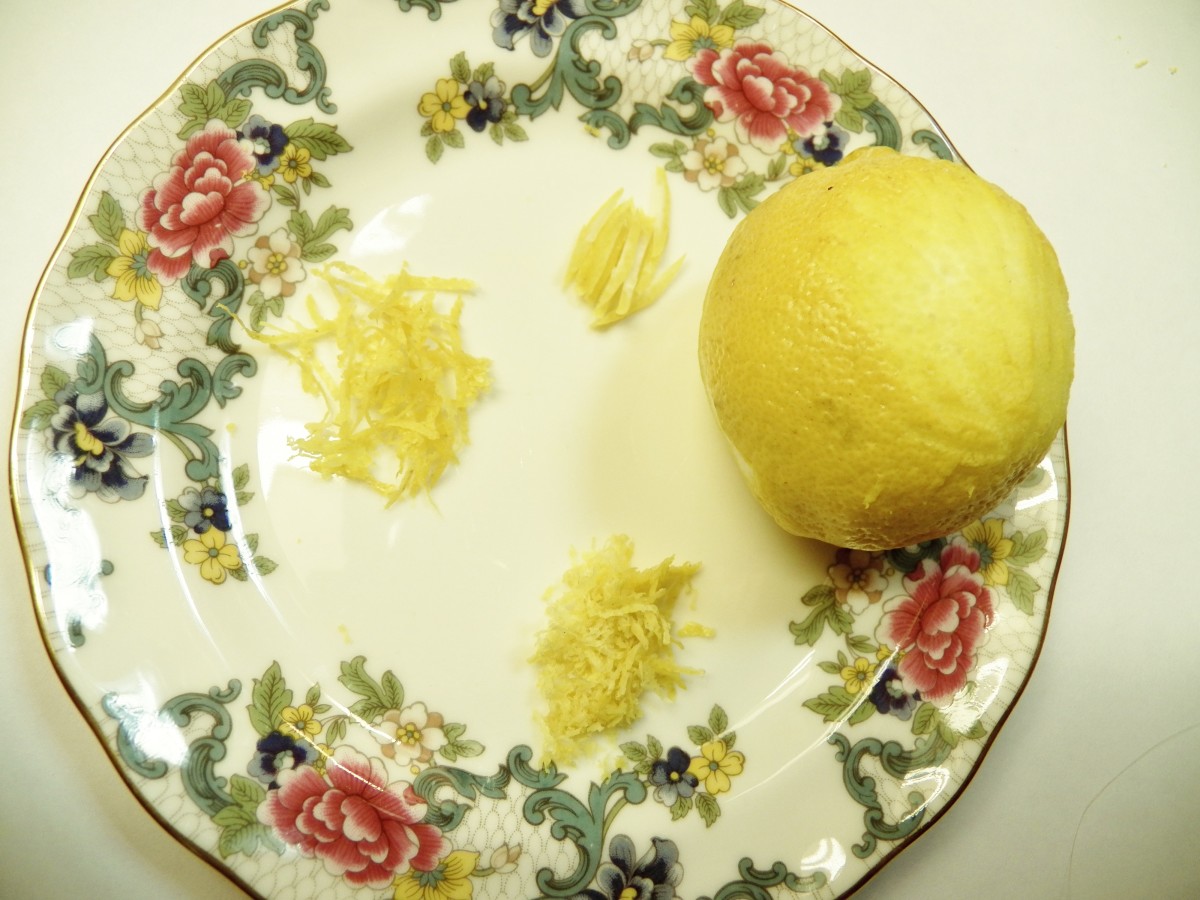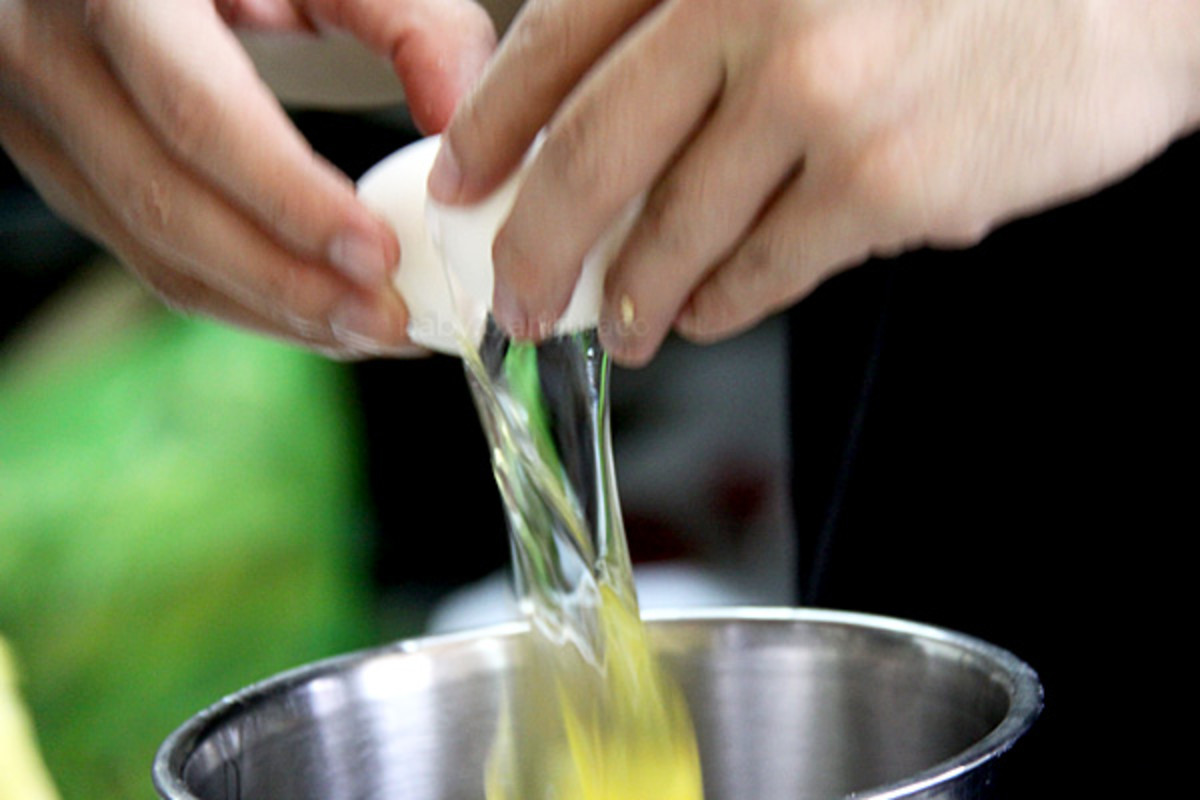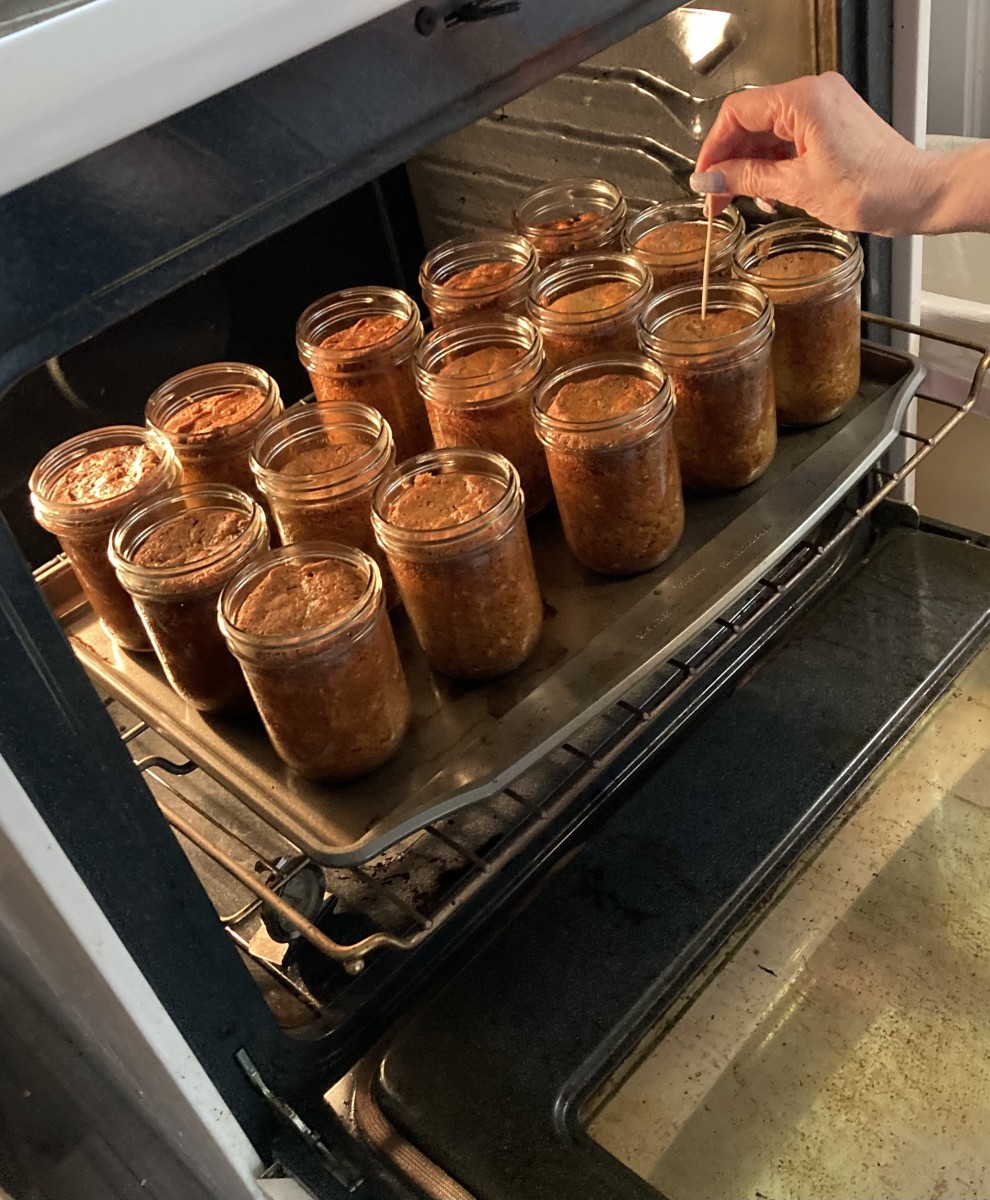Ask Carb Diva: Questions & Answers About Food, Recipes, and Cooking, #84
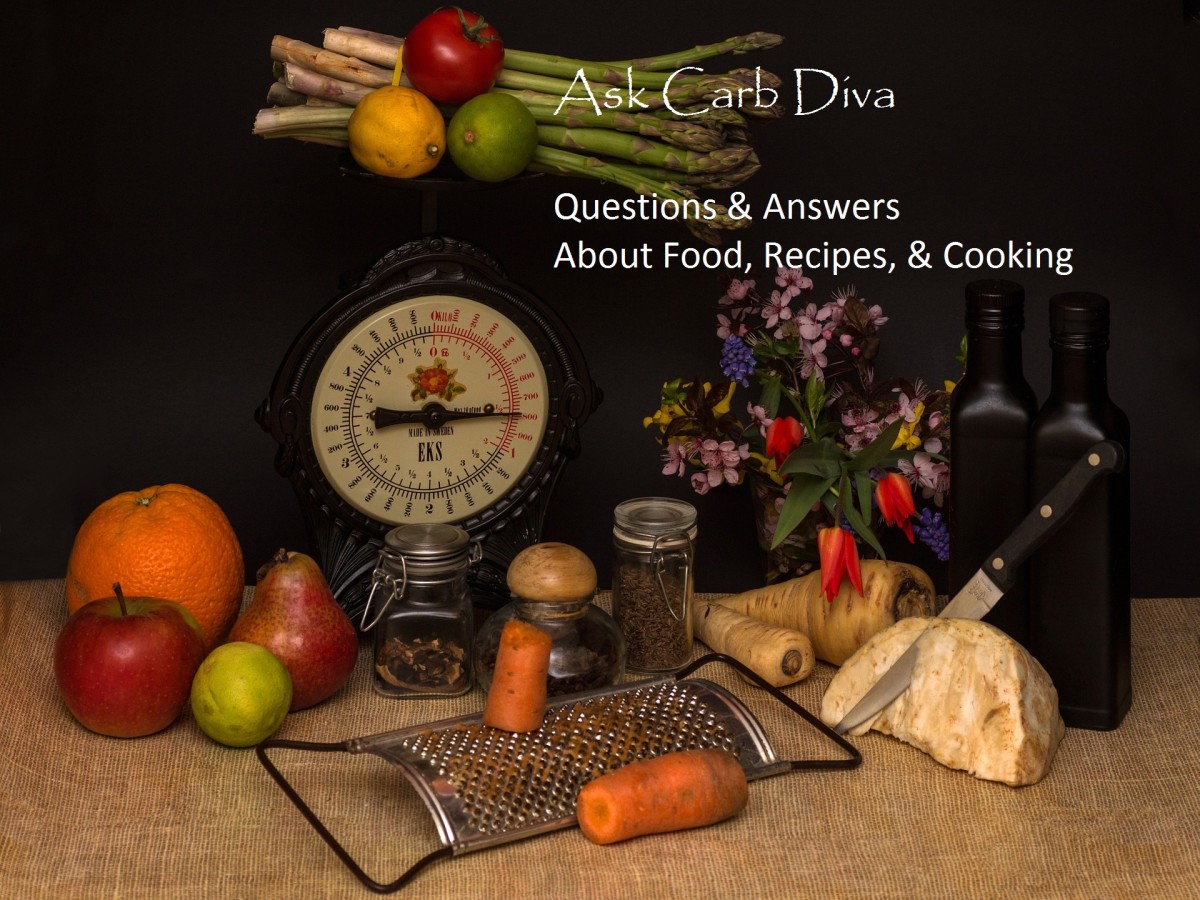
I'm Changing it Up Today
In place of my usual format, I'm going to begin today's offering not with an introduction but with comments/questions from Eric on my article "Taco Mania: A Marathon of Taco-Inspired Recipes."
"I was writing you elsewhere and remembered this. My son and I love tacos. Saturday for sure I am thinking a pasta mix with somewhat spicy ground beef. We will go crispy shell. Please don't be upset I will buy them made. Linda I am thinking of a Chorizo twist. Maybe give your take on your next wonderful questions and answers. Just a thought but I love that cayenne easy taste."
I replied that I'm not 100% clear on what you are asking. Can you pair taco-flavors with pasta? Absolutely! Can you fill your taco shell with chorizo? Goodness yes, that sounds amazing.
THIS is what I love about cooking. Eric has sailed through Cooking 101, 201, and is now working at the graduate level. He is gaining confidence in the kitchen and using his imagination. He's wondering how "this flavor" will pair with "that texture." He's daring to combine ethnic tastes and step out of his comfort zone to try new ideas. I'm the proud instructor listening to my student give the Valedictorian address.
As I've said in past introductions, welcome to my kitchen. Let's talk about cooking. Are you a novice cook? Come here to ask questions on the basics. Are you a pro? Maybe you have hints to share with us. In the middle? That's where most of us are, and I would love to back-and-forth with you. Let's have fun.
So here's a question I received from Mary in Brazil.
Problems with Heating Milk
I've got a quick question. In the mornings I heat milk to have in my coffee. I there something I can do to prevent the scum. It looks horrible on my coffee. I hate the thought of using a sieve, as even before the breakfast dishes hit the sink I have two saucepans (one for the milk and one for the coffee), a coffee filter basket and a funnel. (I decant our coffee to a thermos).

Mary, to find the answer to this question I went to the book "On Food and Cooking: The Science and Lore of the Kitchen" by Harold McGee. Mr. McGee is an authority on the chemistry of foods and he explains the process better than I ever could:
"When milk is a prominent ingredient in soups, sauces, etc. (or heated on the stovetop in a saucepan) it most often calls attention to itself when its proteins coagulate. The skin that forms on the surface of scalded milk is a complex of casein, calcium, whey proteins, and trapped fat globules, and results from evaporation of water at the surface.
Skin formation can be minimized by covering the pan or whipping up some foam, both of which minimize evaporation. Meanwhile, at the bottom of the pan . . . temperature transmitted from the burner causes a similar concentration of proteins which stick to the metal and eventually scorch. Wetting the pan with water before adding the milk will reduce protein adhesion to the metal."
So, there is the answer to your question, and as a bonus, the answer to the one that you didn't even ask—how to lessen or alleviate the scum on the bottom of the saucepan. I can't recall the last time that I heated milk on the stovetop so haven't tested out Mr. McGee's solution. I hope you will report back to us on whether or not this works. Thanks for a great question.
In a Pickle Over Cucumbers
Love you and what do you think, my boy wants to grow cucumbers. Of course, they are an ingredient essential to Vietnamese Bánh mì but he also wants to make pickles. Is this a fool's errand?
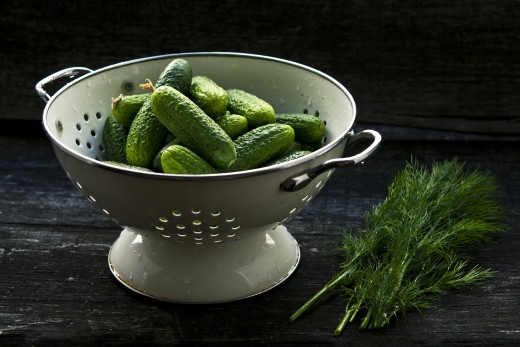
Eric, the cucumber has such a fascinating (to me) and romantic history. Its beginnings were in the foothills of the Himalayas, perhaps 4,000 years ago. It was there that this tender gourd was lovingly tended and cultivated by the peoples of present-day India, to be assimilated into their spicy cuisine. From there it spread to Ancient Greece, Rome, and China. The Romans imbued it with almost magical medicinal powers, using it to treat scorpion stings, improve eyesight, and even increase fertility. They were introduced to the New World on Columbus' second voyage to Hispaniola.
Growing Them is Easy
First, you need to know that there are two forms of plants, bush and vining. The bush plants are compact so work well for small-plot gardening. Vining plants climb up fences and trellises and are less prone to disease or infestation because they are up off of the ground.
They can be started indoors for transplant into the garden when all danger of frost is passed, but the roots can be finicky. They would prefer to not be disturbed (much like you don’t want to leave your cozy bed when the alarm clock sounds).
Growing Requirements
- Light: Full Sun (at least 8 hours)
- Depth and Spacing: Sow seeds 1 inch deep and 4 inches apart in mounded hills that are 3 feet apart. Plan on 4 to 5 seeds in each hill. When plants emerge thin to the 3 strongest plants
- Soil: Well-drained, rich in organic matter
- Water Requirements: at least 1 inch of water or rain every week. It is better to soak the soil rather than light frequent watering.
- Soil pH: Neutral
- USDA Hardiness Zones: 2 to 11, best results in zones 4 to 11.
If you aren't sure where your climate zone is, here's a really cool (as a cucumber) interactive link from the U.S. Department of Agriculture. Just type in your zip code and it will tell your climate zone number.
Varieties
There are thousands of varieties of cucumbers, but all of these can be divided into four distinct groups.
- Middle Eastern and Asian are small and thin.
- American pickling cukes are small and have a thin skin (so that the brine will penetrate more easily).
- American slicing are short and thick and have been bred to endure lengthy transport. They have large seeds and a strong flavor.
- European (mostly grown in controlled environments in greenhouses) are long and slender, with thin flesh and small indistinct seeds, mild flavor, and no bitterness.
Eric, the "traditional" method of making pickles is making a brine, filling sterilized jars with the brine and cucumbers, and processing it all in a hot-water bath. Perhaps one of these days I'll prepare an article on how to make pickles that way.
For the sake of time (and because I know Gabe wants those pickles ASAP), here is a video that shows you how to make an easy-peasy pickle. It isn't shelf stable (they have to be kept in the refrigerator) but I have a feeling you won't have a problem with using them up quickly.

Each week we learn about a food item that you probably toss into the trash bin without a thought or a care—until today that is. Let's find out which discards can be re-used and re-purposed.
Last week I shared with you the many ways that you can re-use coffee grounds. Most of those hints were for the garden. That’s where we will go again to find uses for eggshells. Here are some ideas:
Egg Shells
- Crushed eggshells have sharp edges, and so soft-bodied pests like slugs and snails don’t like to glide across them. Use the shells to encircle your tender plants like hostas, marigolds, salad greens, beans, radishes, and basil.
- If you grow tomatoes, you no doubt have encountered problems with a blight called blossom-end rot. Some horticulturists think this is caused by a calcium deficiency. Place crushed shells in the bottom of the planting hole before you transplant your tomato seedlings.
- Speaking of seedlings, half shells are a great place to start seeds. And there’s no need to remove the sprouts from their little chicken-built pot. You can bury the whole thing.
- Add them to the compost pile.
We're Organized
Did you know that there is a Table of Contents for this series? I have created an article that provides a detailed listing of each question I've received. It's broken down by category, and within each category, the questions are listed alphabetically. Each question is actually a hotlink back to the original post.
Here's a link to that Table of Contents.
I have also cataloged all of my personal recipes that I have shared with you in this weekly Q&A series and in all of my other articles as well. The link to that Index is here. There are hotlinks to each recipe and this will be updated as new recipes are shared.
See Ya Next Week!

Let's do this again next week. If you have questions about foods, cooking techniques, or nutrition you can ask them here. If you are in search of an old recipe or need ideas on how to improve an existing one I can help you. If you want to learn more, let's do it together. Present your questions, your ideas, your comments below. Or, you can write to me personally at this email address: lindalum52@gmail.com.
And, I promise that there will always be at least one photo of a kitty in every Monday post.
© 2019 Linda Lum

